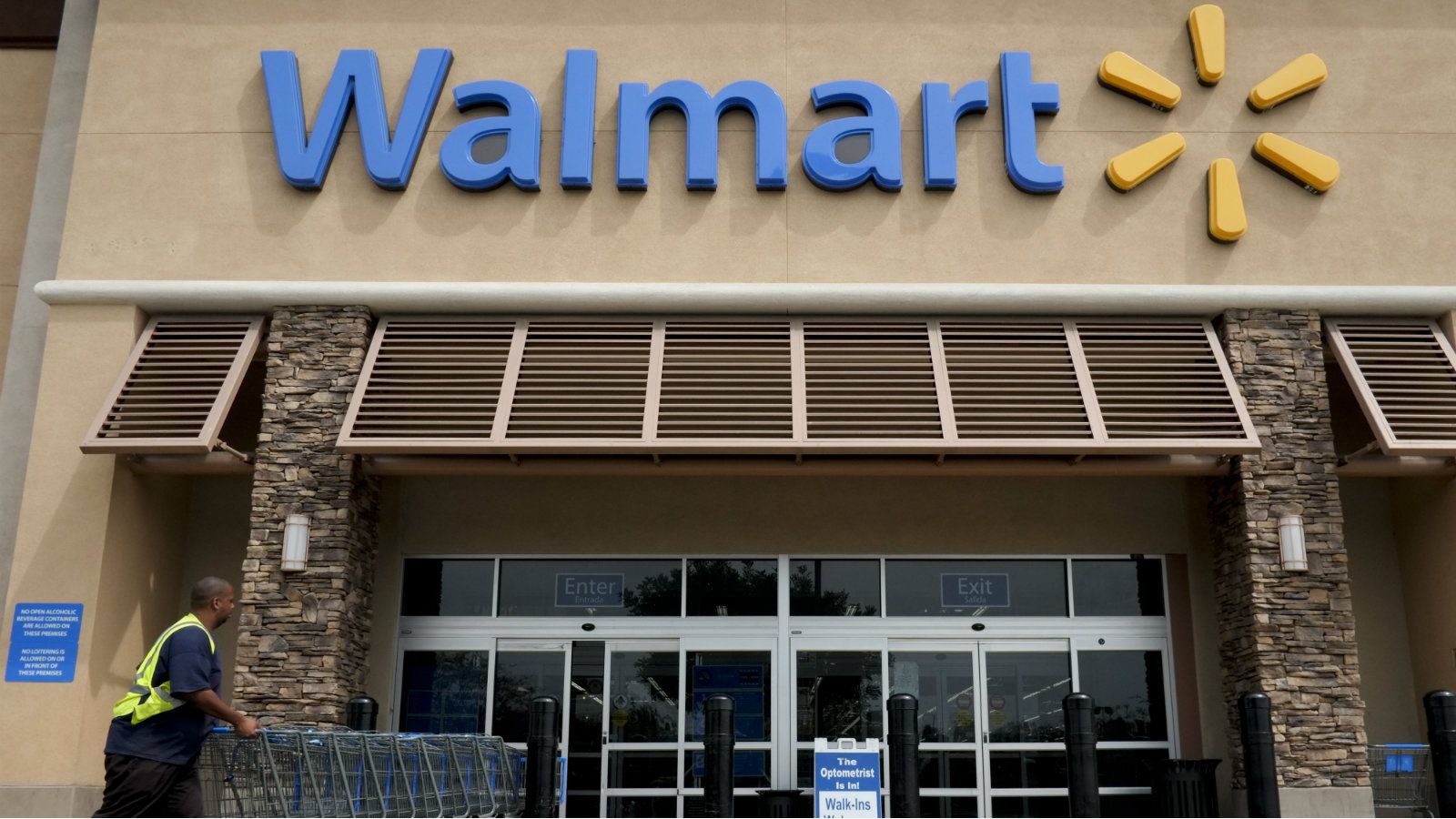Walmart’s e-commerce investments are helping the retail giant catch up with Amazon
After Walmart released its 2016 annual report last spring, there was concern that the world’s largest retailer was struggling to attract online shoppers in an environment where Amazon’s e-retail business is a gold standard. Just about 10 months and three acquisitions later, Walmart’s fourth-quarter earnings report (which includes Nov.-Dec. 2016 and Jan. 2017) shows that its efforts to strengthen online sales are proving effective.


After Walmart released its 2016 annual report last spring, there was concern that the world’s largest retailer was struggling to attract online shoppers in an environment where Amazon’s e-retail business is a gold standard. Just about 10 months and three acquisitions later, Walmart’s fourth-quarter earnings report (which includes Nov.-Dec. 2016 and Jan. 2017) shows that its efforts to strengthen online sales are proving effective.
Since August 2016, Walmart has acquired e-retail sites Jet.com, ShoeBuy.com, and Moosejaw.com, which positioned the company for strong fourth-quarter e-commerce growth. Online sales at US Walmart stores—which includes sales from Jet.com—grew 29% since the same quarter in the previous year. (Because ShoeBuy.com, and Moosejaw.com were acquired in 2017, their contribution to Walmart’s e-commerce sales won’t be reflected until 2018.)
Walmart seems to be going after Amazon’s customer base. Early in 2016, the retailer killed off the Walmart Express brand, selling some of its convenient store-sized locations to competitor Dollar General—and later that year, Walmart announced it would slow the pace of new store openings to focus more on keeping up with online competition.
Early in 2017, the company started offering free, two-day shipping on orders of $35 and above, to compete, perhaps, with Amazon’s Prime shipping service. And Walmart’s ShoeBuy.com acquisition appeared to be a direct answer to questions about the company’s ability to compete with Amazon’s subsidiary shoe company Zappos.
In the company’s fourth quarter, Walmart’s US sales (on and offline) were driven primarily by its grocery (including food, beauty/cosmetics, and pet supplies), health and wellness (including drugs), and general merchandise categories. Walmart is America’s largest grocer, and the company’s recent focus on relatively smaller Neighborhood Market stores—comparable to the size of local supermarkets, and selling more typically grocery-like offerings—has contributed to quarterly customer traffic increases for nine consecutive quarters.
In this area, Amazon is the follower and not the leader. In July, Amazon followed Walmart’s curbside grocery pick-up model, which allows customers to order their groceries online and pick up their goods as soon as the same day. Last December, Amazon announced plans for a futuristic take on the grocery store—innovative in some ways, but also another effort by the digital-first company to make inroads into Walmart’s brick-and-mortar fiefdom.
Foreign currency headwinds caused Walmart’s revenue to fall short of analyst expectations, but the company still reported a total revenue of $130.9 billion, up 1% from a year ago. The store’s operating cash flow reached a record-high $31.5 billion.